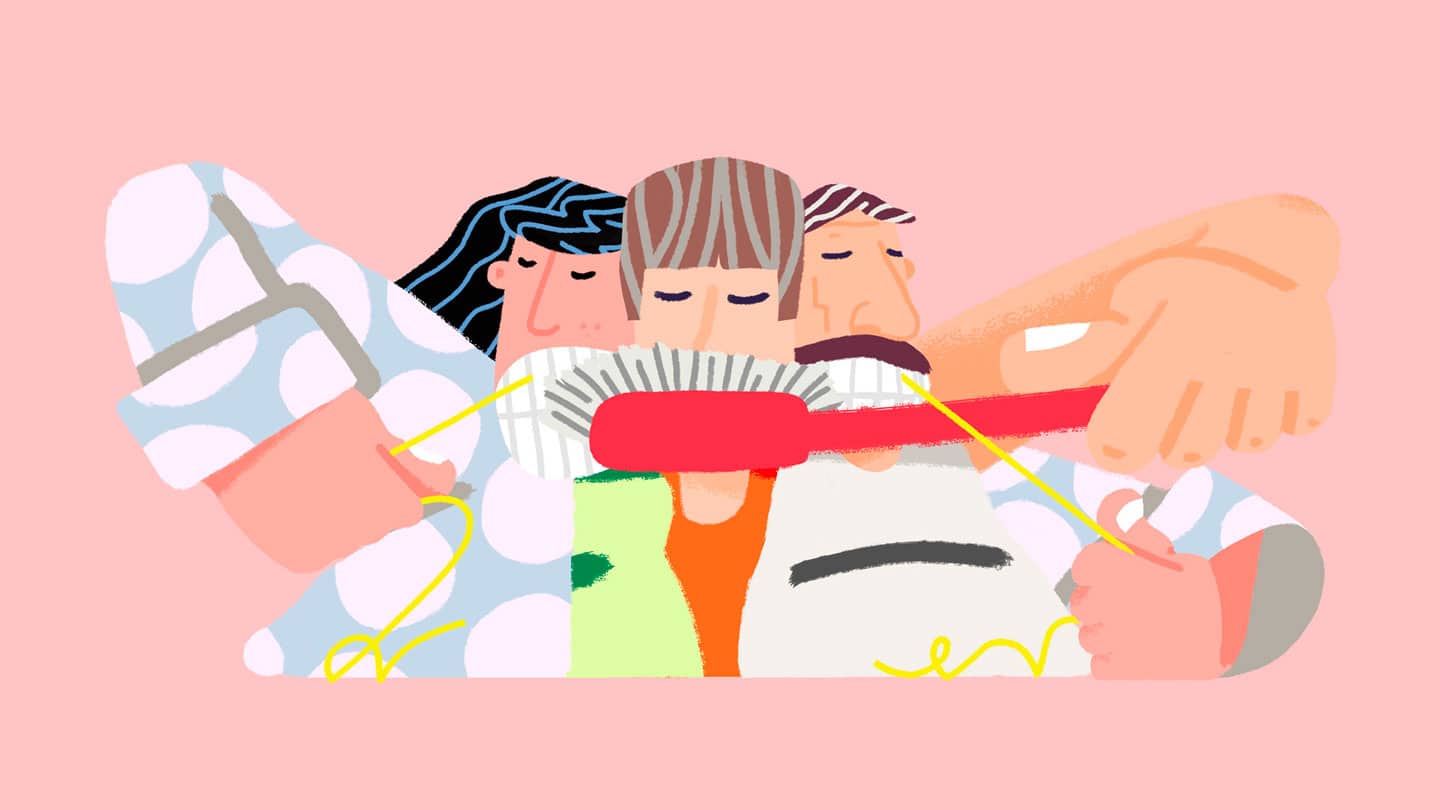Bright white Hollywood smiles are everywhere – on magazine covers, on TV, and in ads. The pressure to have shiny white teeth pushes many people to look into different teeth whitening techniques. Stores carry a vast array of whitening products – trays, gels, pens, toothpastes, strips, and other accessories. But do they actually work? Are they safe? How do they work? CHD has all the information you need on teeth whitening.
The inside skinny on home teeth whitening products
- Home teeth whitening products treat your teeth at the surface level and only work temporarily,
- It’s important to consult your dentist or hygienist before trying a whitening product,
- Professional teeth whitening treatments are far more effective than over-the-counter products,
- The teeth whitening process should always start with a dental check-up and sometimes a cleaning. You need a healthy mouth before beginning a whitening treatment!
Teeth whitening techniques
Il existe 5 façons de blanchir les dents :
There are 5 types of teeth whitening treatment:
- products applied to the surface of your teeth,
- surface treatments that penetrate your teeth,
- products applied directly to the inside of your teeth (if you’ve had dental work done on your roots),
- very light abrasion of the surface of your teeth,
- veneers – a permanent treatment in which very fine layers of porcelain are applied to your teeth.
Home teeth whitening products
Using home teeth whitening products
All of the teeth whitening systems available in stores fit into the first category of treatments – products applied to the surface of your teeth.
Whether you choose trays, pens, strips, or gum, the active whitening agent is always baking soda and/or hydrogen peroxide, which cannot penetrate your teeth. Some systems include a product activation lamp, but retail-grade lamps for home use are so weak that they are essentially ineffective.
That means home whitening products can only treat superficial discoloration, not set-in stains that have built up over time from products like coffee, tea, and tobacco.
A closer look at Crest 3D white strips
Crest 3D white strips are a hit worldwide. Their biggest market is the US, and they are actually banned in several countries including France.
While it’s true that they are effective, many users have reported:
- fragile teeth,
- micro fissures,
- gum sensitivity,
- a burning sensation,
- and that they were unable to complete the treatment.
That’s why we strongly recommend talking to your hygienist before you try Crest 3D whitening strips!
Whitening toothpaste
Whitening toothpaste fits into the fourth category of whitening solutions since it is highly abrasive (75 to 200 RDA). That means whitening toothpastes can cause enamel loss in the medium term. Most people need to avoid the risk of enamel loss, so talk to your hygienist before you try a whitening toothpaste.
Whitening gel trays and pens work temporarily
Gel trays and pens will leave your teeth looking whiter, but only temporarily.
In Switzerland, the concentration of the active whitening agent is limited (6% to 10%), so intense, long-lasting whitening is impossible to achieve with at-home kits.
So what’s the difference between home and professional teeth whitening?
Professional teeth whitening
When you opt for professional teeth whitening performed by a hygienist, the procedure uses much higher concentrations of hydrogen peroxide (26% to 40%), which are only available to professionals, and a much more intense LED activation lamp, or an even more effective whitening agent called carbamide peroxide.
The treatment can be adjusted to achieve the whitening intensity you are looking for, and will last 9 to 18 months depending on your tooth care habits and diet.
This type of professional treatment can be completed in a single session, using gel trays or a combination of two methods.
A check-up and cleaning are key before whitening
Whitening treatments are off limits if you have tartar and for teeth that have undergone certain types of fillings or resin restoration or root treatments. That’s why it’s essential to have a full dental check-up and cleaning before you start a cosmetic procedure.
A check-up is particularly important to make sure you don’t have any cavities.
That’s why a hygienist who is committed to keeping your mouth healthy won’t perform whitening treatments until any cavities or other active issues have been treated.



